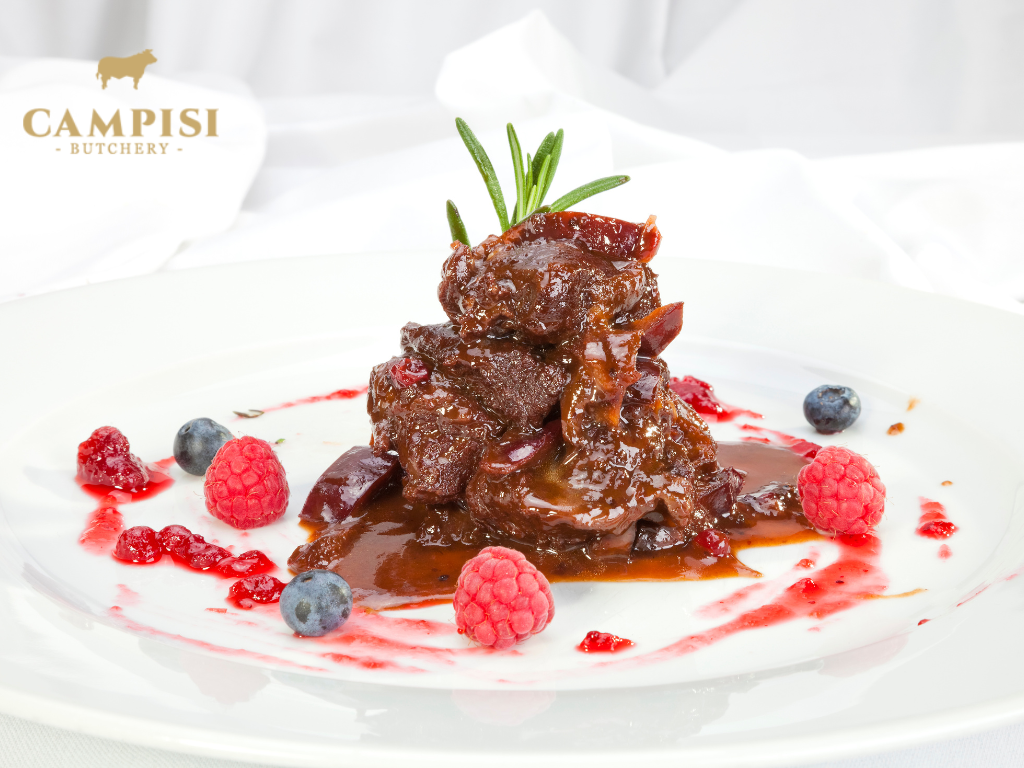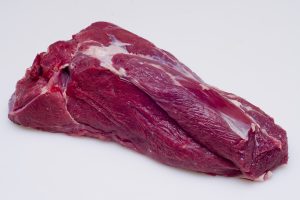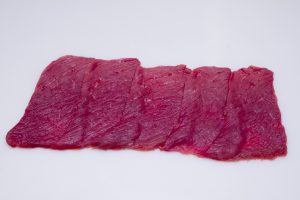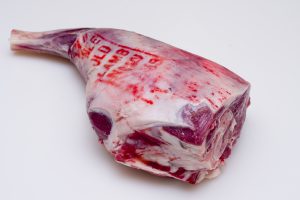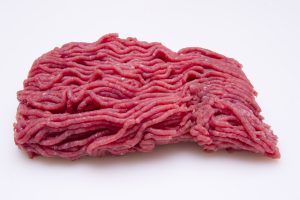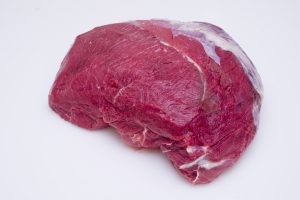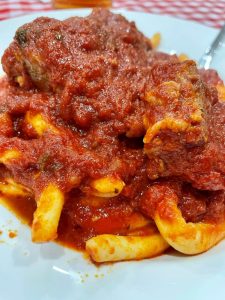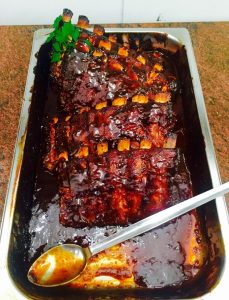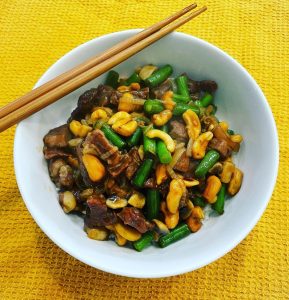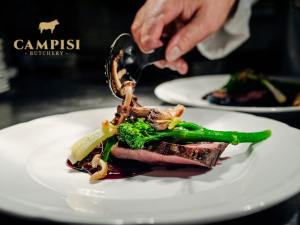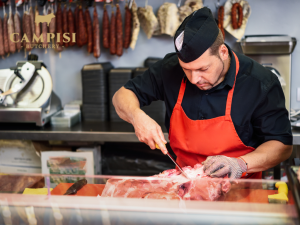Venison, the meat of deer, is celebrated not only for its rich, distinctive flavor but also for its health benefits. Leaner than beef and packed with vital nutrients like iron, protein, and B vitamins, venison offers a nutritious alternative to traditional meats. Its unique taste, a result of the animals’ natural diet, brings a wild essence to the table, captivating the palates of adventurous eaters and health-conscious individuals alike.
Understanding the Basics of Cooking with Venison
Cooking with venison might seem daunting to beginners due to its lean nature, which can lead to dryness if not handled properly. However, mastering a few basic principles can unlock the door to a multitude of flavorful dishes. Key to success is understanding the importance of marinating, cooking times, and temperature control to preserve venison’s tender qualities while bringing out its best flavors.
Preparing Your Kitchen for Venison Cooking
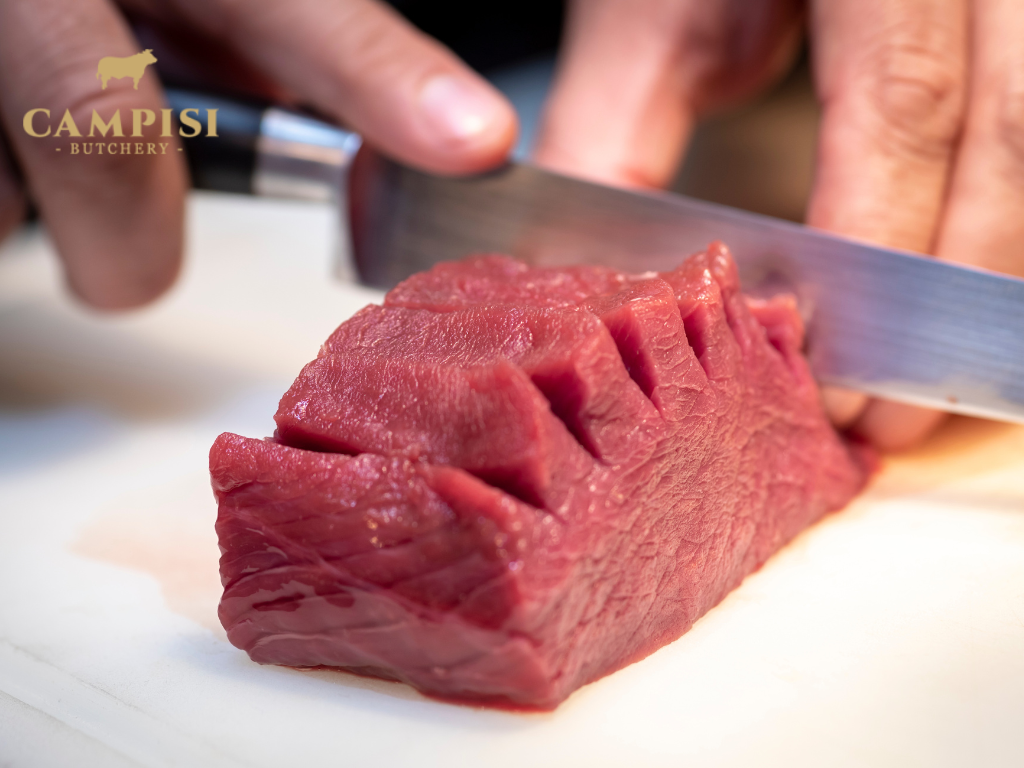
Essential Tools and Equipment for Venison Recipes
Before embarking on your venison cooking journey, ensure your kitchen is equipped with some essentials. A sharp chef’s knife is crucial for precise cuts, a roasting pan for oven recipes, and a sturdy skillet for searing. Additionally, having a meat thermometer on hand will help you cook venison to perfection, avoiding the pitfalls of overcooking.
Selecting the Right Cuts of Venison for Beginner Recipes
For those new to venison, start with more forgiving cutz such as the shoulder or leg, which are excellent for slow-cooking methods like roasting and stewing. These cuts are flavorful and less likely to dry out, making them ideal for beginners looking to explore the basics of venison cuisine.
Fundamental Venison Recipes for Beginners
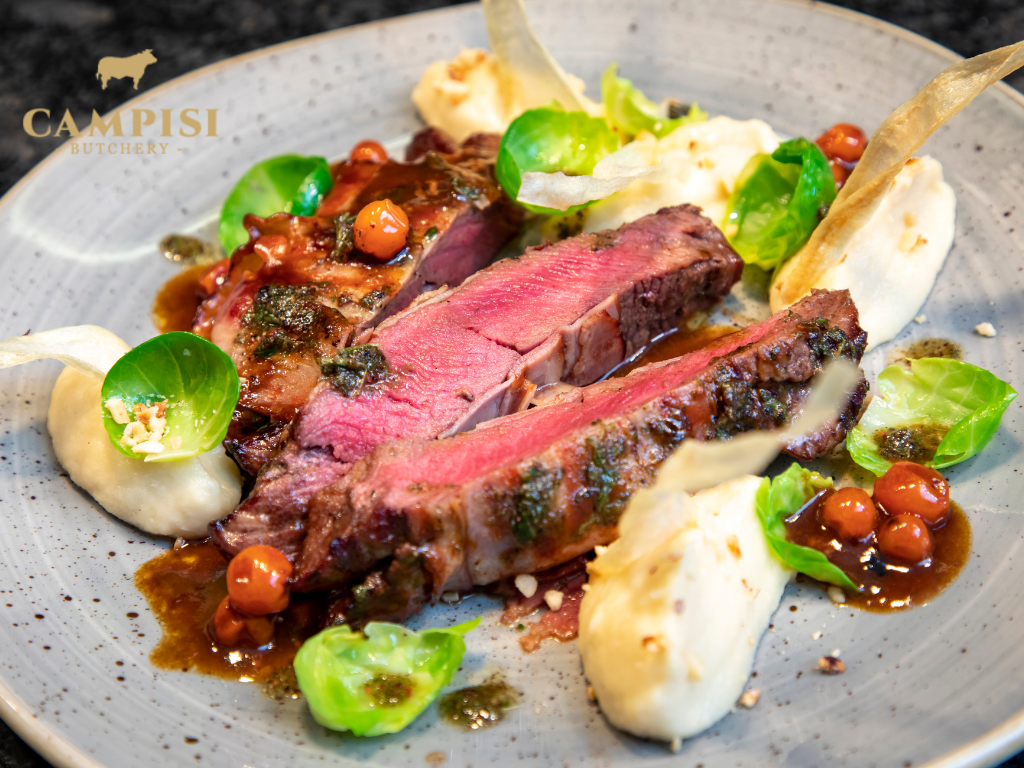
Roasted Venison: A Simple Start
Roasting is a straightforward method that allows the natural flavors of venison to shine.
Key Ingredients and Preparation Steps:
- 3-4 lb venison roast
- Olive oil, salt, and pepper
- Herbs (such as rosemary and thyme)
- Garlic cloves
Rub the venison roast with olive oil, then season generouzly with salt, pepper, and herbs. Place garlic cloves around the meat in the roasting pan.
Roasting Times and Temperature Guidelines
Preheat your oven to 325°F (165°C). Roast the venison for about 20-25 minutes per pound, aiming for an internal temperature of 145°F (63°C) for medium-rare. Let it rest before slicing to retain its juices.
Easy Venison Stew: Comfort in a Bowl
Stew is forgiving and flavorsome, ideal for those less familiar with cooking venison.
Selecting Vegetables and Spices:
- Carrots, potatoes, and onions
- Beef or vegetable broth
- Bay leaves, salt, and pepper
Slow Cooker and Stovetop Methods
For the slow cooker, combine all ingredients and cook on low for 8 hours. For stovetop, brown the venison pieces first, then add vegetables, broth, and spices, simmering until tender (about 1.5-2 hours).
Cooking Techniques That Make Venison Shine
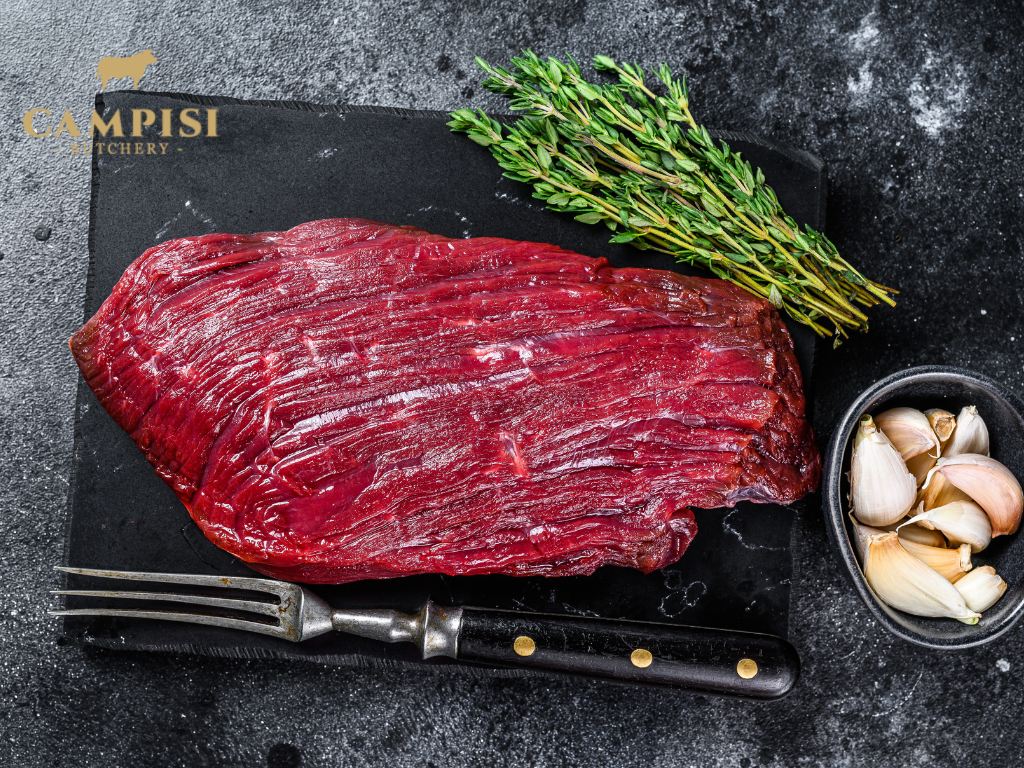
Marinating Venison: Enhancing Flavor and Tenderness
Marinating venison not only infuses it with flavor but also helps tenderize the meat, making it juicier and more enjoyable to eat.
Basic Marinade Recipes Suitable for Various Cuts:
- Red Wine and Herb Marinade: Combine red wine, olive oil, minced garlic, rosemary, thyme, salt, and pepper. Ideal for roasts and steaks.
- Balsamic and Soy Sauce Marinade: Mix balsamic vinegar, soy sauce, olive oil, brown sugar, and minced garlic. Perfect for steaks and chops.
Marinate your venison for at least 4 hours or overnight in the refrigerator, turning occasionally to ensure even flavor distribution.
Searing Venison: Tips for a Perfect Crust
Searing venison steaks or fillets creates a delightful crust while sealing in juices.
How to Sear Venison Steaks or Fillets to Perfection:
- Preheat your skillet: Use a cast-iron skillet for the best heat retention.
- Dry the meat: Pat the venison dry with paper towels to ensure a better sear.
- Season: Season generously with salt and pepper right before cooking.
- Sear: Cook the venison on high heat for a short time on each side, typically 2-3 minutes, depending on thickness, until a crust forms.
- Rest: Allow the meat to rest for a few minutes after searing to redistribute the juices.
Grilling Venison for Beginners
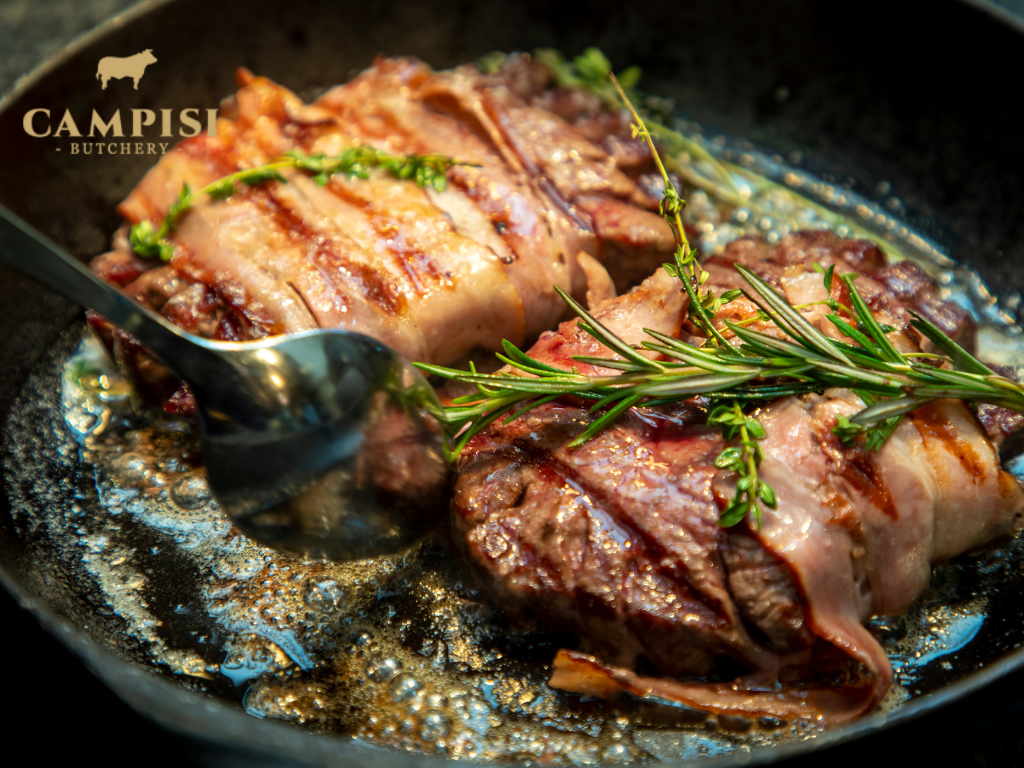
Preparation Tips for Grilling
Preparation is key to grilling success. Begin by marinating or seasoning your venison to enhance its flavors. Ensure the grill is hot before you start, and keep a close eye on the cooking process, as venison cooks quickly due to its low fat content.
Grilling Guide: Times and Techniques
Grilling times vary based on the cut and desired doneness, but a general rule for venison steaks is 4-6 minutes per side for medium-rare. Use indirect heat for thicker cuts to avoid charring on the outside before the inside is cooked. Always use a meat thermometer to avoid overcooking; aim for an internal temperature of 145°F (63°C) for medium-rare.
Side Dishes That Pair Well with Venison

Venison‘s rich flavor pairs well with a variety of vegetables and grains, offering endless possibilities for complementary side dishes.
Selecting Vegetables and Grains to Complement Venison Dishes
- Roasted Root Vegetables: Such as carrots, parsnips, and sweet potatoes, seasoned with herbs.
- Wild Rice or Quinoa: These grains offer a nutty flavor that complements venison beautifully.
Simple Recipes for Side Dishes
- Garlic Mashed Potatoes: Creamy and rich, they offer a comforting counterpoint to venison.
- Sautéed Green Beans: With slivered almonds and lemon zest for a refreshing side.
Addressing Common Venison Cooking Challenges
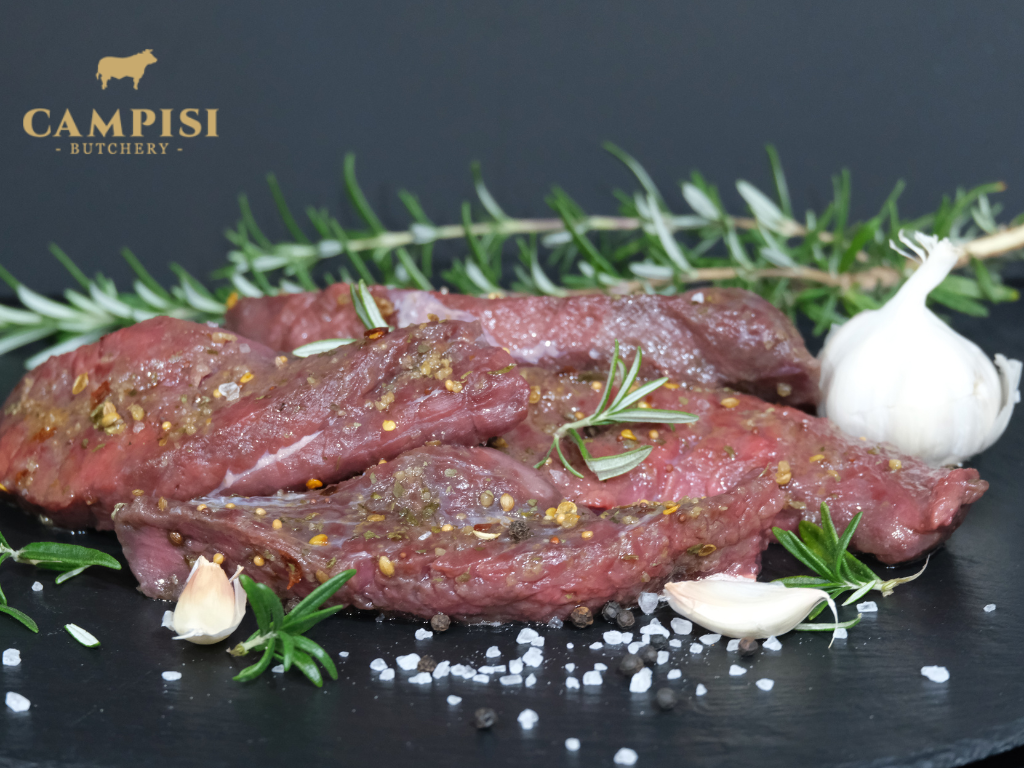
Dealing with Gamey Flavors: Tips and Tricks
A common concern with venison is its gamey flavor, which can be off-putting to some. However, this characteristic taste can be minimized with a few strategic approaches:
- Marinating: Use acidic components like vinegar or lemon juice in your marinade to help neutralize gamey flavors.
- Milk Soak: Soaking venison in milk overnight can also mellow the gamey taste, thanks to milk’s ability to break down the compounds responsible for the strong flavor.
- Spice Rubs: Generous seasoning with herbs and spices can complement and mask the gamey notes, enhancing the meat’s natural flavors.
Ensuring Venison Remains Moist and Tender
The lean nature of venison means it can easily become dry and tough if not cooked correctly. To ensure moist and tender results:
- Avoid Overcooking: Cook venison to no more than medium-rare or medium to keep it tender. Using a meat thermometer can prevent overcooking.
- Low and Slow: For tougher cuts, slow cooking methods like braising or stewing can break down tough fibers, resulting in tender, flavorful meat.
- Let it Rest: Allowing venison to rest after cooking before cutting it gives the juices time to redistribute, ensuring a moist bite.
Conclusion
Venturing into venison cooking can be incredibly rewarding, providing delicious and healthy meals that impress. Beginners should feel encouraged to experiment with different recipes and techniques, using the guidance provided as a foundation for their culinary explorations. As you become more comfortable cooking with venison, you’ll discover its versatility and the vast potential for creating mouthwatering dishes. So, embrace the journey, and let the rich flavors of venison inspire your home cooking adventures.
